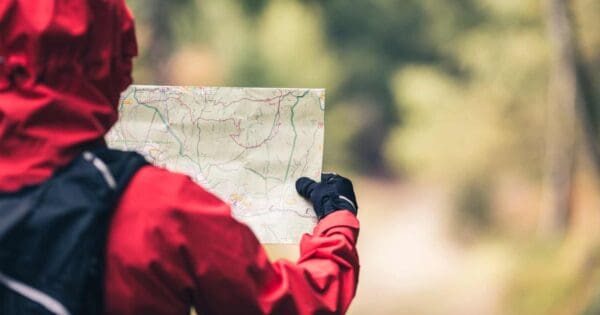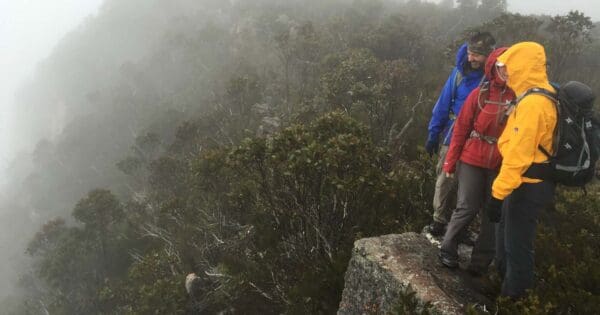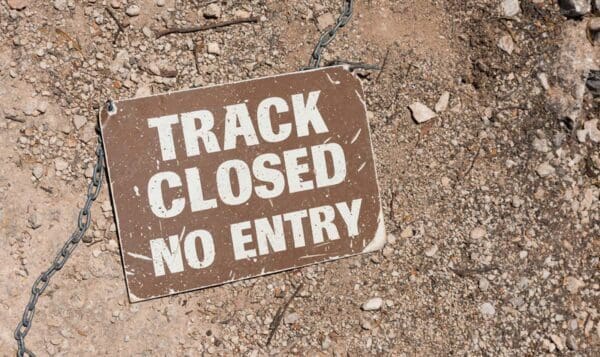Ever wondered how long you could survive without shelter, water, or food? The Rule of Threes provides a helpful framework, but survival goes beyond these basic timeframes. In a real-life emergency, you’ll need a plan to address a wider range of challenges. The 7 Survival Priorities offer a more comprehensive approach, guiding you to make critical decisions and take essential actions to stay alive. By understanding both the rule of threes and the 7 Survival Priorities, you can be better prepared to handle emergencies, make informed choices if injured, and navigate the dangers posed by the environment.
The Rule of Threes
The rule of threes is a widely used guideline to remember survival priorities in an emergency. It outlines the following general timeframes:
- 3 minutes without air (oxygen) or in icy water
- 3 hours without shelter in a harsh environment
- 3 days without water (if sheltered from a harsh environment)
- 3 weeks without food (if you have water and shelter)
The key takeaway is to address the most immediate threat first. For example, in hot weather, finding water becomes a higher priority than shelter. Conversely, if you’re cold and wet, focus on getting warm and dry to prevent hypothermia, which can be fatal within hours. Remember, the rule of threes is a general guideline. Factors like age, overall health, weather conditions, and activity level can significantly influence your survival times.

The 7 Survival Priorities
In a survival situation, staying calm and prioritising your actions is critical. These 7 survival priorities serve as a general guideline to help you direct your efforts:
- Positive Mental Attitude: Maintaining a hopeful and resourceful mindset is essential for making clear decisions and staying motivated.
- First Aid: Address any life-threatening injuries or medical emergencies immediately.
- Shelter: Find or build a shelter to protect yourself from the elements and conserve energy.
- Water: Locate and secure a clean water source. Dehydration is a serious threat, and prioritising water intake is crucial.
- Warmth: Stay warm and dry to prevent hypothermia. A fire can provide warmth and serve other purposes like drying clothes and signaling for help.
- Signaling: Once you have addressed your basic needs, try to attract attention using a whistle, mirror, signal fire, or large ground symbols.
- Food: Food is less urgent than other priorities in most short-term situations. Your energy is better spent on staying put, building shelter, finding water, and signaling for help. Foraging for food should be a last resort. If you must find sustenance, prioritise learning safe foraging practices specific to your region before venturing out. Many online resources and field guides can equip you with the knowledge to identify edible plants.
The specific order of these priorities may vary depending on the circumstances. Use your common sense and adapt these guidelines to your situation. The rule of threes (3 hours for shelter, 3 days for water, 3 weeks for food) provides a general timeframe to consider, but remember that individual factors can influence your survival window.
1. Positive Mental Attitude
It only takes 3 seconds to make a poor decision. In a survival situation, your mental state is just as important as your physical well-being. Fear and panic can cloud your judgment and lead to poor decisions. Remember, staying calm gives you the space to think clearly and assess your situation. Take a deep breath, focus on the present, and prioritise your actions. A positive mental attitude is your anchor in a storm, helping you stay focused and resourceful during a crisis.
2. First Aid: Prioritise Care
If you or someone in your group is injured, providing first aid becomes your top priority. Focus on stabilising critical issues like Airway, Breathing, Circulation, and severe bleeding. Wilderness first aid training is highly recommended as it equips you with the skills to handle emergencies in remote locations. However, even without formal training, use common sense to assess the situation. Address life-threatening injuries first and deal with minor issues later.
3. Shelter: Building Your Refuge
Shelter is crucial for protecting yourself from the elements. In cold and wet conditions, prioritise finding or building a shelter to shield yourself from wind, rain, and cold ground. This will help prevent hypothermia. Conversely, in scorching heat, seek shade to avoid overheating. Focus on building a simple but effective emergency shelter using available materials like branches, leaves, or even your clothing. Remember, the goal is to create a barrier against the elements and retain your body heat.
4. Water: Your Body’s Lifeline
Water is your most critical survival need. Treated water is best, but if you’re dehydrated and other options are unavailable, even untreated water can be preferable to dying of thirst. Common sense is key: avoid water sources with obvious signs of contamination, like stagnant water near dead animals or with no vegetation.
Your body’s water needs vary depending on climate and activity level. In hot and humid environments, prioritise finding water and rest during the hottest part of the day. Dehydration can cloud your thinking, so conserve your energy and focus on finding water. If you must travel, consider night time when temperatures are cooler.
Even in cool climates, water is essential for your body to function properly and maintain its core temperature. Don’t eat snow directly, as it will lower your body temperature. If you have to, melt it first using a fire or by placing it in a container with your body heat.
Finding Water Sources
Beyond natural sources like streams and springs, you can also collect rainwater or morning dew from leaves. If you absolutely must drink untreated water, look for clear, moving water rather than stagnant water sources, as moving water is less likely to be stagnant and harbor contaminants. Remember, boiling is always the safest way to purify water.
5. Warmth: Stay Dry
Maintaining your body temperature is critical for survival. Here’s a two-pronged approach:
- Stay Dry: Wet clothing conducts heat away from your body much faster, so prioritise drying yourself whenever possible. Find shelter or build a fire to dry your clothes.
- Firecraft: A fire provides warmth, light, and a sense of security. If you have the tools and know-how, build a fire. Fire can also be used for drying clothes, purifying water, and cooking food. Practice fire starting methods before you find yourself in a survival situation. There are various fire starting techniques using natural materials or lighters/matches from your survival kit.
Remember, staying warm and dry is crucial for conserving energy and improving your chances of survival.
6. Signaling for Help: Get Seen, Get Found
While not as critical as shelter or first aid, being prepared to signal for help can significantly improve your chances of rescue. Ensure your survival kit includes essential signaling tools like a whistle, signal mirror, satellite communicator, or a Personal Locator Beacon (PLB). There are various ways to attract attention:
- Signal Fires: If you know how to build a fire safely, a controlled signal fire can be a large and visible distress signal.
- Signal Mirror: Reflecting sunlight with a mirror can be a highly effective way to signal aircraft.
- Whistle: Carrying a whistle and blowing three short blasts is a universally recognised distress call.
- Ground Signals: Large SOS symbols or similar markings made from branches or stones can be visible from the air.
If possible, try to reach higher ground for better visibility, especially if attempting to send an emergency text message with your phone. Remember, yelling for help should be a last resort. It can expend valuable energy and has a limited range. Reserve your energy for using effective signaling methods. By being prepared and using these techniques effectively, you can significantly increase your chances of being found in a survival situation.
7. Food: Essential for Long-Term Survival
Our bodies can endure short periods without food thanks to stored fat reserves. However, food becomes crucial for survival in long-term situations.
Focus on Rescue: In most short-term survival scenarios, finding food is not a primary concern. Your energy is better spent on staying put, building shelter, finding water, and signaling for help.
Long-Term Planning: If you anticipate being lost for weeks or months, prioritise learning safe foraging practices specific to your region before venturing out. Many online resources and field guides can equip you with the knowledge to identify edible plants. Remember, never consume anything you cannot confidently identify, as some plants, berries, and mushrooms can be toxic or even deadly.
Conserve Calories: Focus on finding and rescuing yourself, not searching extensively for food. This will help you preserve your energy reserves.

Use these rules as a guide
The survival Rule of Threes and the Seven Survival Priorities are valuable tools to help you make informed decisions and take action in an emergency situation. This knowledge is also crucial for planning hikes and building survival kits that address your specific needs. Remember, common sense is key. Adapt these guidelines to your unique circumstances and act accordingly.
References
- Colin Towell (2011). Essential Survival Skills. Penguin. ISBN 978-0-7566-7338-3.
- “Wilderness Survival Rules of 3 – Air, Shelter, Water & Food”.





